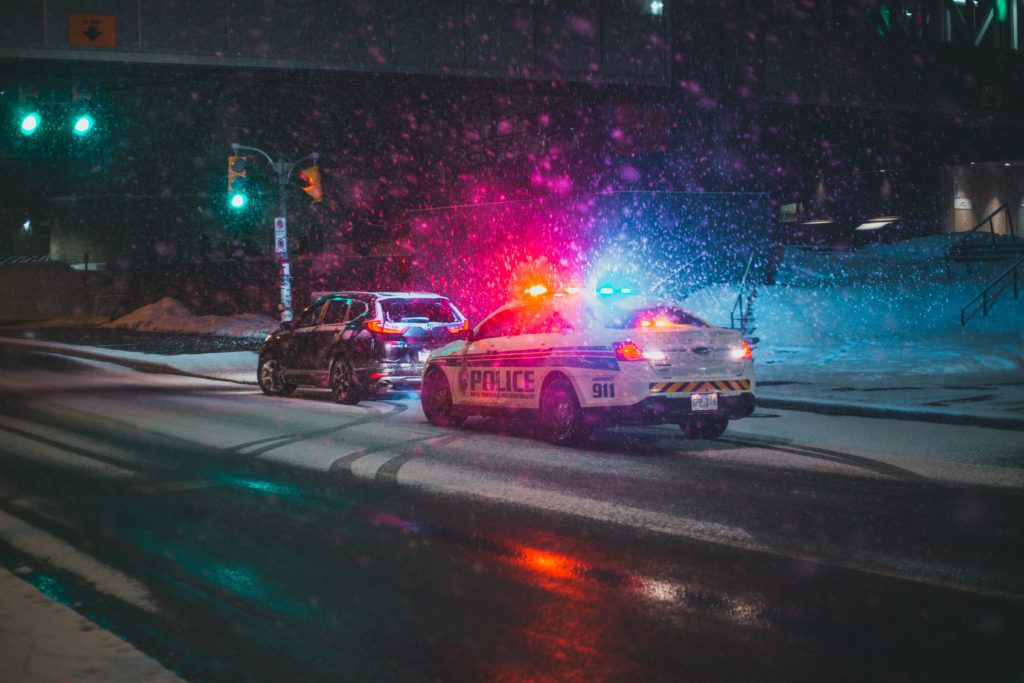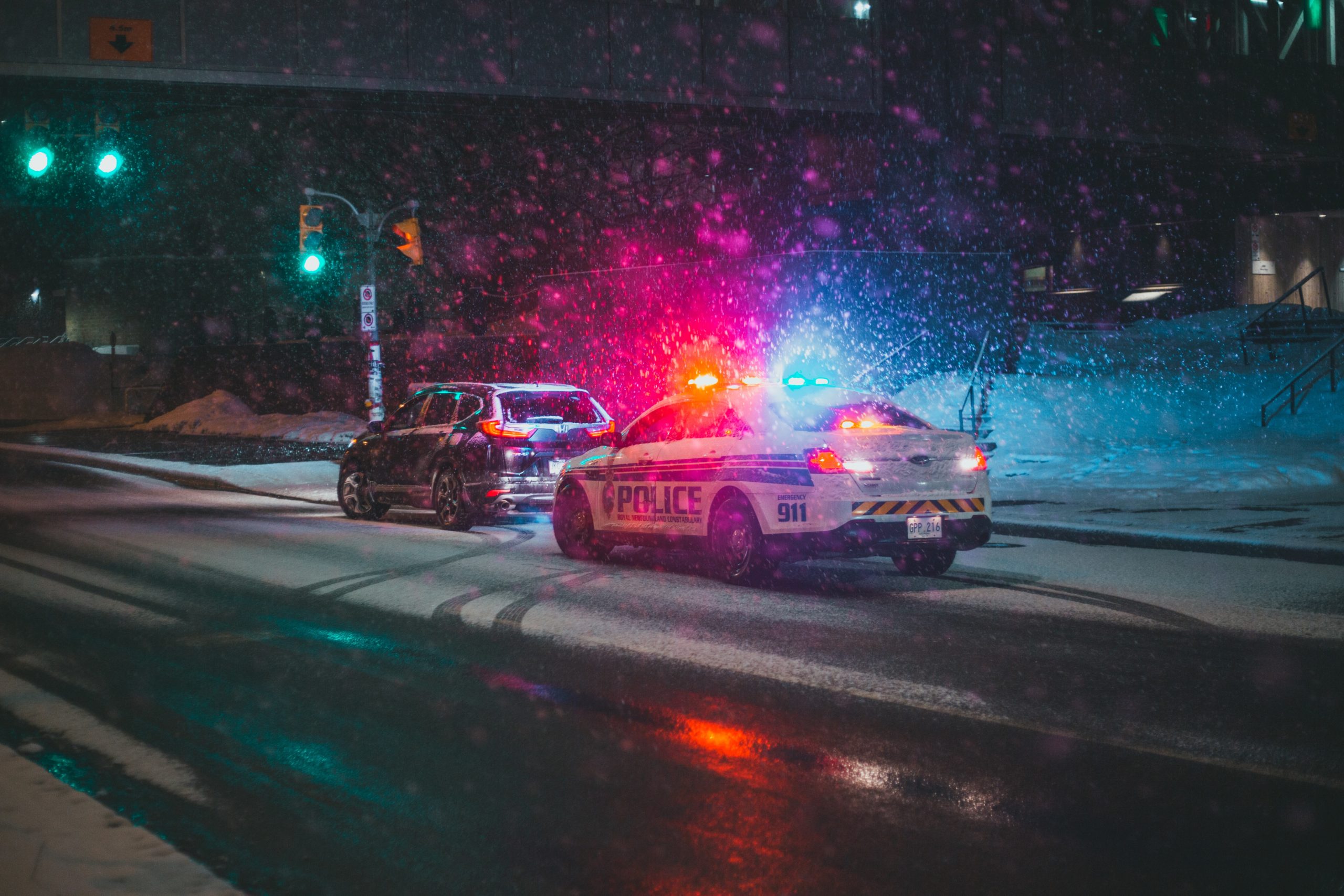

Background
When Arthur Lange zipped past police – windows down, music blaring, horn honking – police got suspicious, and their suspicions only grew when Mr. Lange, ignoring the lights and loud commands to pull over, drove on. He pulled into his driveway and stumbled into his attached garage. Sensing something afoot, police followed. And it was there, in the garage, that police administered several Field Sobriety tests, which Mr. Lange failed. Police also took a blood sample, which later showed a blood-alcohol level three times the legal limit. Shortly after, California charged him with a misdemeanor DUI.
Procedural Background
Recognizing the constitutional infirmities of police’s entry, Mr. Lange’s attorney filed a motion “to suppress all evidence obtained after the officer entered.” Both the trial court and the Court of Appeal, First Appellate District, rejected Mr. Lange’s argument that the entry violated the Fourth Amendment’s prohibition against warrantless searches and seizures. The Court of Appeal reasoned that Mr. Lange’s “failure to immediately pull over when the officer flashed his lights created probable cause to arrest him for a misdemeanor.” Lange v. California, No. 20-18, (U.S. Jun. 23, 2021). Thus, Mr. Lange could not defeat the arrest by going inside. Why? Because “the pursuit of a suspected misdemeanant … is always permissible under the exigent-circumstances exception to the warrant requirement.”* Id.
* Under this exception, police “may make a warrantless entry when ‘the exigencies of the situation,’ considered in a case-specific way, create ‘a compelling need for official action and no time to secure a warrant.’” Such exigencies may exist when police must act to prevent imminent injury, evidence destruction, or a suspect’s escape.
The Supreme Court’s Holding
The Supreme Court rejected this argument, holding “[u]nder the Fourth Amendment, pursuit of a fleeing misdemeanor suspect does not always … justify a warrantless entry into a home.” Id. at 14. Citing to the Court’s lengthy Fourth Amendment jurisprudence, Justin Kagan, writing for the majority, stated that courts should “examine whether an emergency justified a warrantless search in each particular case.” Id. at 8. Said another way, courts should look at the unique circumstances of a case before deciding that exigent circumstances call for warrantless entry.
The Court’s holding also reflects the fact that misdemeanors tend to be “minor” (i.e., “less violent and less dangerous” than their felony counterparts). Id. at 11. To illustrate this point, the Court listed several misdemeanors, including littering, negligently cutting plants, and artificially coloring chicks and rabbits. Id. As a result, “police officers [chasing a misdemeanor suspect] do not usually face the kind of emergency that can justify a warrantless home entry.” Id. at 12. (Of course, there are exceptions. For example, exigent circumstances may exist when a suspect accused of domestic violence runs inside to confront their partner.)
Conclusion
Ultimately, Lange v. California is important because it reaffirms and strengthens the Fourth Amendment’s protections against unreasonable police actions. In doing so, Lange protects “private homes, even quarters in a tenement, [who] may be [otherwise] indiscriminately invaded at the discretion of any suspicious police officer…”


